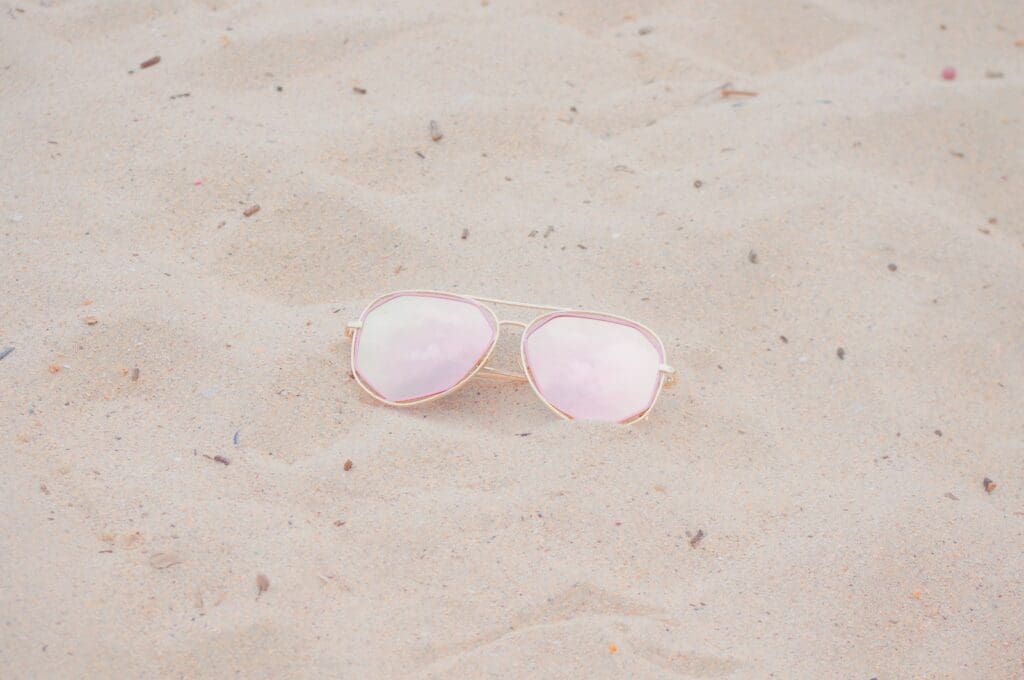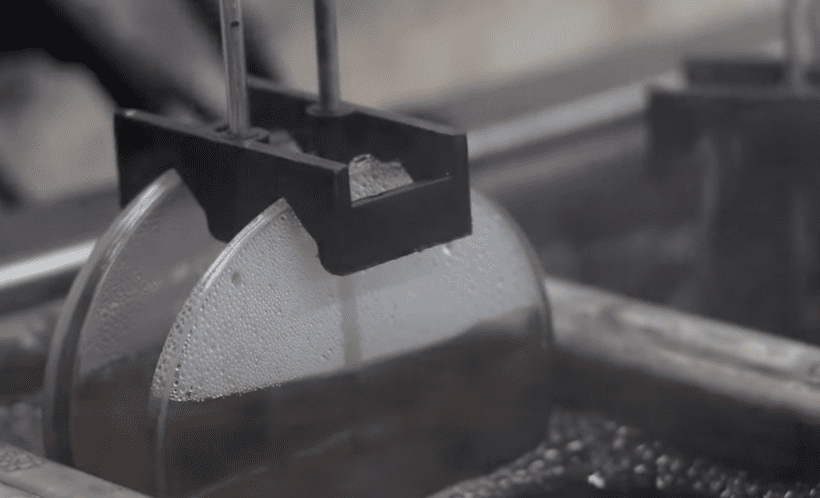Tips On Tints
In our continued exploration of sunglasses we have looked at many aspects of tinted lenses, including the types of tints, lens colors, and densities. Tinted lenses are a fashion statement, are helpful in various situations, and are popular right now. While these are great options for your patients, there are some key things to know when ordering tints that might impact the final result.

Tints are a customizable speciality item and there is a science to making them. Depending on what you order you may see some variations, as different lens materials, AR, and other coatings can impact the final result. While we use a machine to read the density of a tint, the final appearance may look different from what is expected. We are going to take a look at what some of those factors are and what you can do to avoid any problems.
Each material tints differently, some are harder to tint than others, for example Polycarbonate is the hardest lens material to tint, and usually the coating on these lenses is what is actually tinted. The tint process is a heat based solution process where the lens is submerged into a colored solution for a calculated period of time to achieve a specific density, this allows the tint color to be absorbed into the lens or the coating on the lens. CR-39 will have the best tint absorption due to it being a more penetrable material. These lenses will have the ability to have a darker tint result.
Even with the most precise calculations and tint batches, there may still be differences in the tinting because the manufacturing of the base lens may have variables in different production batches and the different manufactures may apply a coating or have a lens that absorbs the tint differently. Some other factors to variations on the tint are the environment, including humidity level during production, the method of the person tinting the lenses, and the base solution for the tint.

Not all coatings are tintable, and the ones that are can impact the final result of the tint. For example, some hard coatings are not tintable, and some will require more time for the lens to be submerged in the solution in order to get the desired result.
AR and tinting is not recommended for achieving optimal tinted results. The problem with tinting AR coatings is that the AR will cause the density of the tint to fade in production. If a tint is requested on a lens with an AR coating, the lens is sometimes tinted 5-10% darker to accommodate the fade.
It is always recommended to tint lenses as a pair, and if a match is trying to be made, it is recommend to send in a sample with the order. We have sample kits available that show density and color on CR-39 lenses. Please reach out to customer service if you are interested in a density or color kit.
If you keep these factors in mind when ordering, you will provide great options for your patients. Having a reference with samples can help them understand the tints and what to expect.
This content is restricted to site members. If you are an existing user, please log in. New users may register below.
